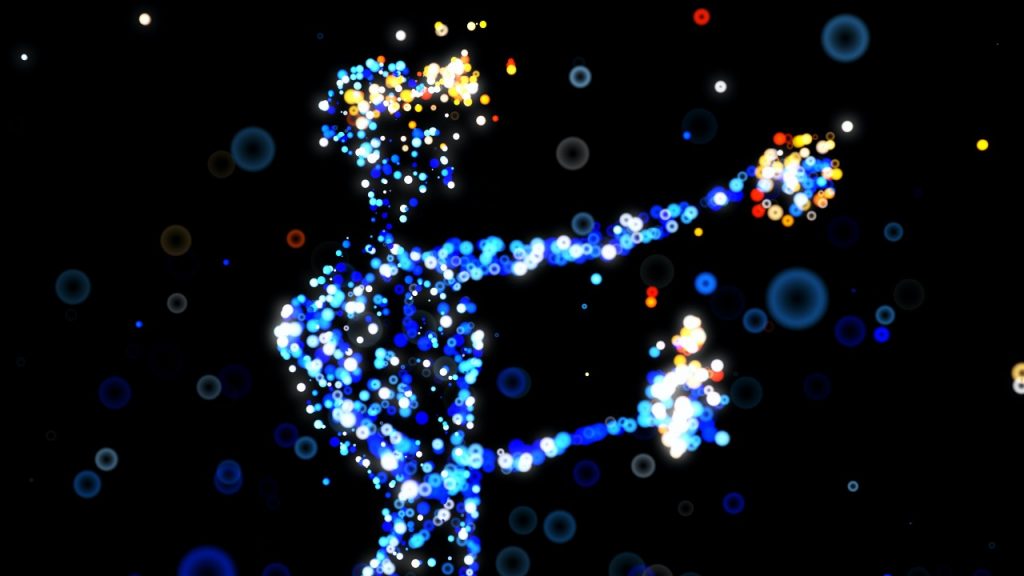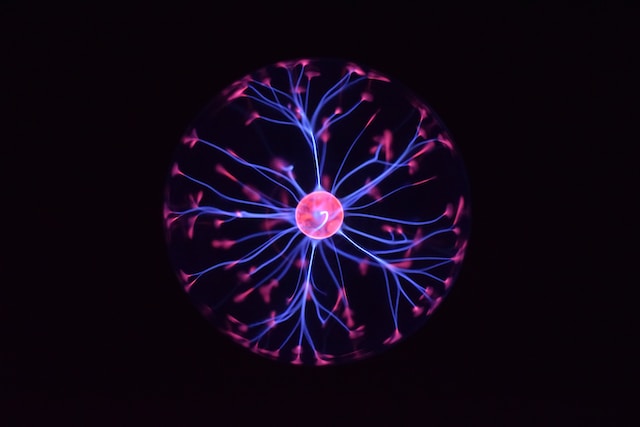Humans have the incredible knack to adapt themselves within an ever evolving society, and whilst some adapt by taking progressive steps, others remain firm in their traditions. One place where this is evidenced is in different branches of Christianity. Biblical scriptures can be interpreted by religious leaders in different ways, each lending itself to a unique outcome.
For the wages of sin is death, but the gift of God is eternal life in Christ (Romans 6: 23 – New International Version).
For instance, this passage is used by some branches to condone homosexuality. However, after Jesus’ resurrection, he says ‘it is finished’, a phrase interpreted by some LGBTQ2S+ Christians to mean that the wages of sin had been paid in full. Instead, they believe it is now our responsibility to live within grace rather than trying to live for redemption because we are already redeemed. This example demonstrates the fluidity of biblical scriptures, and how it can be applied through different perspectives.
But surely this flexibility can’t be applied to transhumanism, can it?
Actually – yes. Christianity can be, and has been, adapted to the transhumanism movement. No where better is a voice for spirituality found than in the beliefs of Christopher Benek, who, on his website, describes himself as “a techno-theologian, futurist, ethicist, Christian transhumanist, public speaker, writer and tech-pastor.”

This branch of christianity is of course a grain amidst the masses; but with transhumanism only recently entering into the mainstream, this is to be expected. And, actually, it’s existence shouldn’t be a surprise at all. All societies throughout history have, without exception, had a religion of some kind (Abrosino: 2019). It’s only natural then that transhumanism incorporates religion too. What is most fascinating, is the form in which religion takes in this world of real science-fiction.
We grow weary in our present bodies, and we long to put on our heavenly bodies like new clothing. (2 Corinthians 5: 2 – The New Living Translation).
When Meghan O’Gieblyn questioned the compatibility of Christian eschatology with transhumanism, Benek explained how biblical scriptures indicate that eternal life and bodily perfection would be achieved, not in heaven as many believe, but here on earth (O’Gieblyn: 2017). Bodily perfection, it seems, could be achieved; not through spiritual transcendence, but through technological advancement. And eternal life here on earth, instead of in heaven.
Your kingdom come, your will be done, on earth as it is in heaven. (Matthew 6: 10 – New King James Version).
Rather than guiding believers to the spiritual realm of Christ, instead could it be that the biblical prophecies refer to the future technological advancements of humanity? Benek certainly believes so.
Although Benek and other Christian transhumanists don’t explicitly make the connection, it’s within Nick Bostrom’s simulation argument (Bostrom: 2003) where the boundaries exist for Christianity to operate within the realm of transhumanism. Let’s take the view, one which is hypothesised by O’Gieblyn as well, that instead of a supernatural being, “perhaps God was the designer and Christ his digital avatar” (O’Gieblyn: 2017).

Pondering the reasons why Christ had been inserted into the simulation raises multiple potentialities. Was he sent to warn simulated humanity of our collective future? Or maybe to catalyse our process of evolution from man to machine? Or maybe it could be that we are the objective of a computer game: religions and messiahs the creations of competing gamers, and converted believers the points – whichever religion converts the most people wins. Or possibly the game is played by a single player, whose aim is to advance and harmonise society, with no objective. Maybe Jesus’ body was the body of a future advancement from a level society hasn’t reached yet – impenetrable and imperishable.
When the perishable has been clothed with the imperishable, and the mortal with immortality, then the saying that is written will come true: “Death has been swallowed up in victory” (1 Corinthians 15: 54 – New International Version).
Viewing Christianity through the lens of Bostrom’s simulation theory leaves us with a wealth of possibilities, none of which can be grounded in science yet, but speculation can often initiate developments towards scientific grounding – transhumanism is one example of this.
However, with a little unhinging of the mind, we can connect science, religion and transhumanism together. The crux is superposition – a quantum theory where matter exists in two forms simultaneously. According to Benek, superposition verifies the words of Christ, who “was both fully human and fully God,” and it provides hope that humans can indeed work the miracles he worked (O’Gieblyn: 2017).
He who believes in me, the works that I do he will do also; and greater works than these he will do (John 14: 12 – New King James Version).
For many, all of this may sound far fetched. However, a recent technological development might put the potential of this into perspective – the metaverse. Society as we know it is constantly becoming ever more simulated. Already some people are having meetings in simulated environments, and it is likely that this will eventually become the norm. If this is the case, the lines between simulation and reality would certainly blur; Bostrom might argue that they already have.

As well as work related matters, the metaverse is being used as a space for people to play games, socialise and worship. One particular religious community is the VR Church who have replaced pews with pixels by planting their churches in the metaverse. The architect of these virtual places of worship, Pastor Wilco, creates a new setting each week; as a VR Church goer you could be worshipping as the walls of Jericho crumble around you, praying in the mouth of a whale, or listening to a sermon in the middle of the parted Red Sea. In these worlds, as a pastor looks out to the congregation, rather than seeing a community of people, they see a collection of cartoons, giant rodents, monsters and video game characters amongst a host of more human-like avatars.
Is this a sign of things to come in the virtual world? If so, then it doesn’t look as though the concept of singularity would bring religion to an end after all. Where there’s community, there’s typically a need for a religion of some kind (Abrosino: 2019). The shape this takes will mould and transform, sometimes to an unrecognisable point, but still it will persist.
Transhumanism, therefore, challenges the orthodox christianity, but it doesn’t dispel christianity in its entirety. The challenges religion faces in the modern technological age don’t weaken it, but pushes it to an almost absurd ability to adapt – by today’s standards at least. Those who thought the metaverse, achieving singularity, discovering life on other planets, or any other future achievements of humankind might undermine the foundations of religion should think again. The versatility that Christianity and other religions wield means that it is unlikely to disappear, no matter how much an atheistic transhumanist might will it.
For you created all things, and by your will they existed and were created (Revelation 4: 11 – English Standard Version).
It seems, to some, that transhumanism brings clarity to biblical scriptures and science substantiates them. Staunch atheists will of course regard this as hearsay. They may even despise the entering of this sort of spirituality into a philosophy not typically associated with religion. Nevertheless, with a lack of tangible evidence and experts on both sides, and in reference to Bostom’s arguments in this video, it seems to me that agnosticism, ambiguous as it is, is the only firm solution for spirituality in the simulated world.















